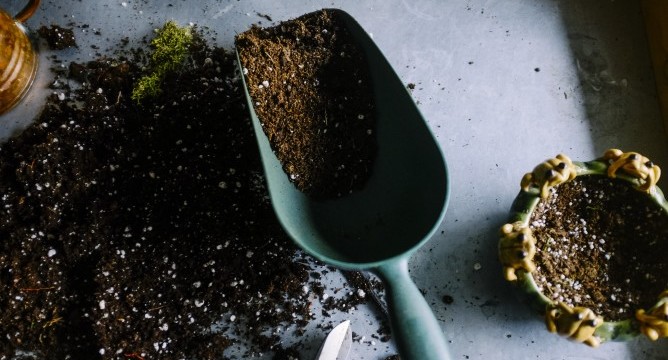The Episcopal Student Center, an organization I am a part of on campus is in the process of starting a community garden. We have three large raised beds full of soil and compost. This week we are busy planting seeds and seedlings in a grid system in each of our boxes.
As I was watering the newest plants I began to explore the relationship between gardening and teaching. The four essential steps to establish and maintain healthy crops parallels those needed to develop confident and capable musicians.
- Preparing an healthy environment
- Planting the seeds
- Watering the seeds
- Waiting diligently
The one I will discuss in detail today is setting up a rich environment.
Gardeners, like teachers, are defined by three things — what they look like, what they do, and what they produce. Everything that involves appearance pertains to the environment. This is the toolshed, the raised beds, the bright sun, the coiled hose and trusted water faucet. Along with the richness and aeration of the soil, these elements make plant life possible.
Being intentional about the environment of your student will make their musical lives possible.
The first thing to consider is the place that music teaching and practicing is happening. I seek out settings that are comfortable and consistent. This is a short list of what I look for…
- Small spaces
- Clear boundaries
- Seats so parent and teacher can sit at the same level as their student
- Well lit
- Comfortable temperature
- Minimal visual and aural distractions
- Opportunity to set my teaching materials at arms length
I aim to prepare this space exactly the same way each week, but I understand this is not possible in all situations. In order to mitigate the discomfort inconsistency causes students, I establish routines for students to anchor to. These include an unpacking, tuning, and bowing procedures and the use of one single 8.5X11 practice record each month I expect to see in every lesson.
Just as we curate our physical environments, we must curate our aural environment. The soundscapes of your students’ days are just as valuable as the blank walls in their bedrooms. If you choose to fill the walls with fine artwork you are enriching their visual experience and giving them reference from which they can create. Fill their day with music and you provide a reference from which they can develop their own unique style. It is for this reason that I insist parents routinely curate the playlist of their child’s life.
This music does not need to be limited only to the Suzuki reference recordings. As a child I enjoyed the regular repetition of Suzuki pieces mixed with artists such as Enya, Jimmy Buffet, Nyaz, George Straight, Nickel Creek, and Lyle Lovett. My parents also left the local classical radio station playing during all other times of the day. As book graduation gifts I would receive CD records of the pillars of the classical genre that I would proudly listen to again and again from my alarm clock stereo (Vivaldi’s Four Seasons, Mozart’s Piano Sonatas, Bach’s Brandenberg Concertos). As I aged I had access to the complete CD collection of both my teacher and the public library. I started checking out and listening to the names that were familiar (Perlman, Ma), and branched out to Hahn, Shaham, Mutter. It is through this listening library that I discovered the Bach Chaconne, Rachmaninov Piano Concerto, and Bernstein West Side Story — the reasons that I decided to continue my study of the complicated and graceful violin.
Finally, I encourage teachers and parents to carefully consider the people for which your students will be playing for. Any person — may it be a grandparent, babysitter, school teacher, or next door neighbor — who is not solely interested in the healthy development of the practice of mastery is a potentially toxic element of your students environment. Competitiveness, pressure, shaming, enabling, and worst of all disengagement will lead to frustration and doubt. In order to enable the artistry of your students, have difficult but important conversations about why you are doing this work. Everyone in your students’ environment should actively be working to improve the health of that very environment.
In making the choice to surround ourselves in a comfortable and consistent work place with fine music and supportive friends, we show our students what we value. They know that we will provide a safe, reliable learning environment. In addition we care deeply for the music they are tasked with studying and hope to share with them the breadth of ways that music manifests itself in this world. Finally, we are unified in our quest to promote their unique artistry and to develop their ability to master anything they set their mind to. With this environment established, anything is possible.




